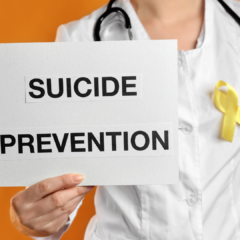
A new national suicide prevention hotline, 988, will go live all over the country, including North and South Dakota. There will a Webinar that you can join to gain more information about this new lifeline for people suffering from a mental health crisis. This event will be an in-depth overview of the new 988 Implementation Guidance Playbooks developed by the Substance Abuse and Mental Health Services Administration (SAMHSA) in co-sponsorship with the National Association of State Mental Health Program Directors (NASMHPD). We’ll share strategies for implementation, case studies and other resources and outline SAMHSA’s five-year plan for the continued implementation and enhancement of 988 and other services across the crisis.
When: Wednesday, 12:00 – 1:30 PM CT
“Moving to a 3-digit code will transform the way Americans reach out for mental health help and support. The FCC selected the 988 number to elevate the awareness for mental health crisis response to the same level as calling 911 for other emergencies. It’s anticipated that 911 and 988 will quickly become the two most recognized and important phone numbers,” according to the 988 Helpline Center
The primary goal of the 988 lifeline is to provide support for people in suicidal crisis or mental health-related distress in the moments they most need it and in a manner which is person-centered. The vast majority of those seeking help from 988 do not require any additional interventions at that moment. Currently, mental health crisis calls do not require connection to emergency services like 911. While some safety and health issues may warrant a response from law enforcement and/or Emergency Medical Services (namely when a suicide attempt is in progress), the 988 coordinated response is intended to promote stabilization and care in the least restrictive manner.
The National Suicide Hotline Designation Act (federal legislation designating 988 as the three-digit dialing code for the Lifeline) was signed into law in October 2020. This win was after many years of activism by the mental health communities in North and South Dakota.
Other Sources:

